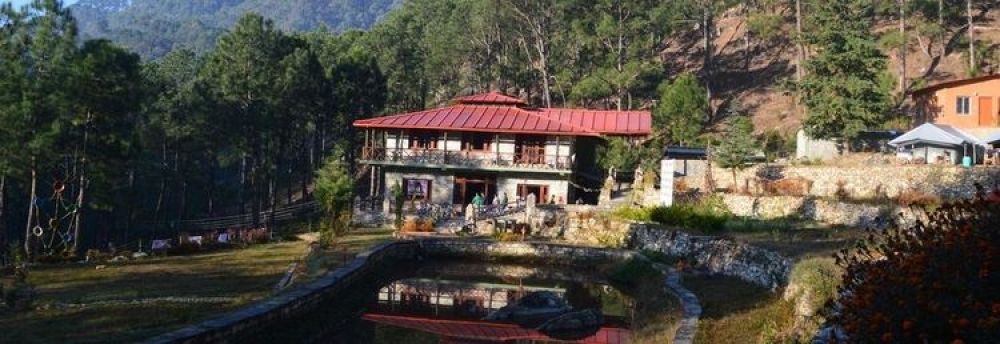

Almora, a picturesque town nestled in the Kumaon region of Uttarakhand, India, has long been a favored destination for tourists seeking tranquility, natural beauty, and a glimpse into the rich cultural tapestry of the Himalayas. Among the various attractions in Almora, the Gobind Vallabh Pant Museum stands out not just as a repository of the region's history but also as a symbol of its cultural heritage.
Founded in honor of the renowned freedom fighter and eminent statesman, Pandit Gobind Vallabh Pant, the museum has been instrumental in preserving the cultural artifacts of this region. Since its inception, the museum has served as a focal point for visitors who wish to delve into the history and art that define Almora and its surroundings.
The museum's extensive collection includes an impressive array of ancient antiquities, brilliant examples of Kumaoni art, intricate wood carvings, traditional garments, and an assortment of folk paintings known as Aipan, which are unique to the state of Uttarakhand. Additionally, the museum houses a significant number of epigraphical records that serve as a testament to Almora's historical significance.
The Gobind Vallabh Pant Museum is not just a place for history buffs but has also tapped into the evolving nature of tourism, becoming a backdrop for cultural events and festivals. This initiative has rejuvenated interest in Almora's heritage among the younger generation and tourists from around the globe.
Furthermore, the museum's location near Almora's famous Nanda Devi Temple adds to its appeal, drawing visitors on a spiritual pilgrimage to the region. Combining the historical experience of the museum with the spiritual ambiance of Nanda Devi creates a holistic travel experience for those journeying to Almora.
Over the years, Almora's tourism has shifted focus towards sustainable and responsible travel. Visitors are encouraged to partake in eco-friendly activities that respect the natural surroundings and support local communities. Tourism initiatives now often include village tours, where travelers can experience local life, cuisine, and traditions first-hand.
Moreover, Almora has seen a rise in homestay options, offering a more authentic and immersive experience while contributing to the local economy. These trends reflect a growing consciousness about the impact of tourism on the environment and culture, ensuring that sites such as the Gobind Vallabh Pant Museum continue to inspire and educate future generations in a responsible manner.
The Gobind Vallabh Pant Museum has aligned itself with the latest digital trends in tourism. Efforts are ongoing to digitize its collection, enabling global access to Almora's heritage. Furthermore, the museum is incorporating interactive elements such as audio guides and virtual tours, appealing to a tech-savvy audience and making history more accessible and engaging for all ages.
Visitors to Almora should not miss the chance to explore the Gobind Vallabh Pant Museum. The museum is typically open to the public during regular business hours, though it's advisable to check for any holiday closures or special events that might affect visiting hours. A nominal entry fee contributes to the preservation of this invaluable cultural institution.
In conclusion, the Gobind Vallabh Pant Museum is a treasure trove of history and culture, reflecting the essence of Almora and the wider region of Uttarakhand. Its role in the tourism history of Almora is immeasurable, and its continued development mirrors the ongoing evolution of the tourism industry, striking a balance between preservation and accessibility.